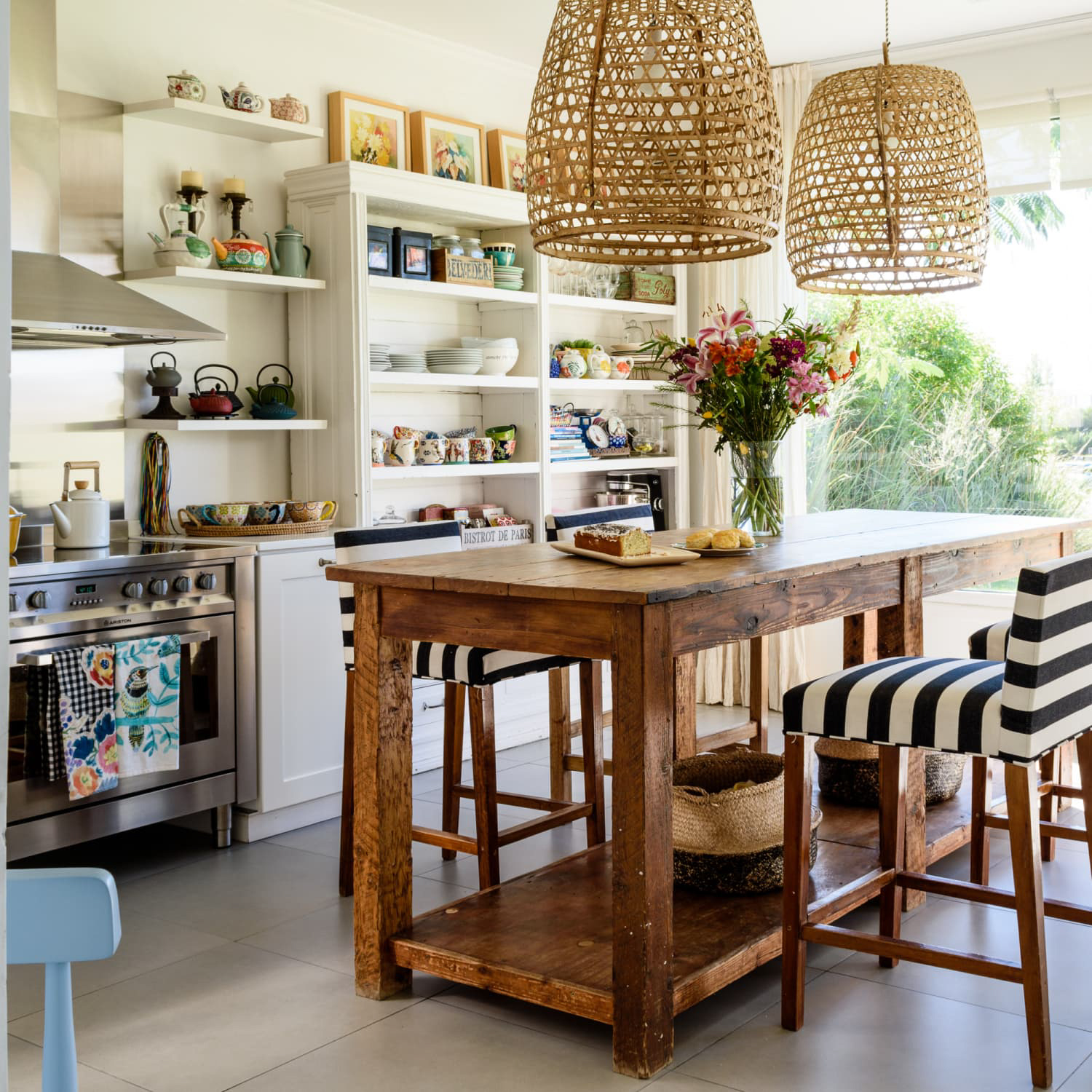Introduction
Lighting is an essential part of any interior design. It can transform a space and set the tone for the entire room. Lighting fixtures come in a variety of shapes, sizes, and materials, but one trend that has been gaining popularity in recent years is transparent light shades. These shades are made of clear or frosted glass or plastic that allows light to pass through, creating a beautiful and ethereal effect. In this article, we will dive into the benefits and drawbacks of transparent light shades and explore how you can incorporate them into your home.
The Advantages of Transparent Light Shades
One of the primary advantages of transparent light shades is their ability to create a soft, diffused light. Unlike opaque shades, which often cast harsh shadows and limit the amount of light that passes through, transparent shades allow light to scatter in all directions, creating a warm and inviting glow. This type of lighting is especially useful in rooms where you want to promote relaxation and calmness, such as bedrooms, living rooms, or bathrooms.
Another benefit of transparent light shades is their versatility. They can be used in a variety of interior styles, from contemporary to traditional, and can be paired with a range of light fixtures, such as chandeliers, pendants, or table lamps. This flexibility makes them an attractive choice for homeowners who want to add a touch of elegance and sophistication to their homes without committing to a specific design aesthetic.
Finally, transparent light shades are incredibly easy to clean and maintain. Unlike fabric shades, which can attract dust and stains, transparent shades are made of materials that can be wiped clean with a damp cloth. This makes them a practical choice for busy households or high-traffic areas where durability is essential.
The Downsides of Transparent Light Shades
Despite their numerous benefits, transparent light shades do have some downsides that homeowners should be aware of before incorporating them into their homes. One of the main drawbacks is that they can be more expensive than traditional opaque shades. This is because they are often made of higher-quality materials, such as hand-blown glass or crystal, which can be costly to produce.
Another potential issue with transparent light shades is that they can be more challenging to install than standard shades. This is because the electrician must ensure that the shade is securely mounted to the light fixture and that there is no risk of the shade slipping or falling.
Finally, transparent light shades may not be suitable for every room in your home. For example, if you want to create a cozy and intimate atmosphere, opaque shades may be more appropriate as they will provide a more directional and focused light.
How to Incorporate Transparent Light Shades into Your Home
If you are interested in incorporating transparent light shades into your home, there are several ways to do so. One of the easiest ways is to replace your current light fixtures with ones that feature transparent shades. For example, you could install a crystal chandelier in your dining room to create a focal point and add a touch of glamour.
Another way to incorporate transparent light shades is to use them in pendant lights over your kitchen island or sink. This will create a sleek and modern look and will allow you to see what you are doing without casting harsh shadows.
Finally, you can also use transparent shades in table lamps or floor lamps to add a touch of elegance to your bedroom or living room. This will create a soft, diffused light that is perfect for reading or relaxing.
